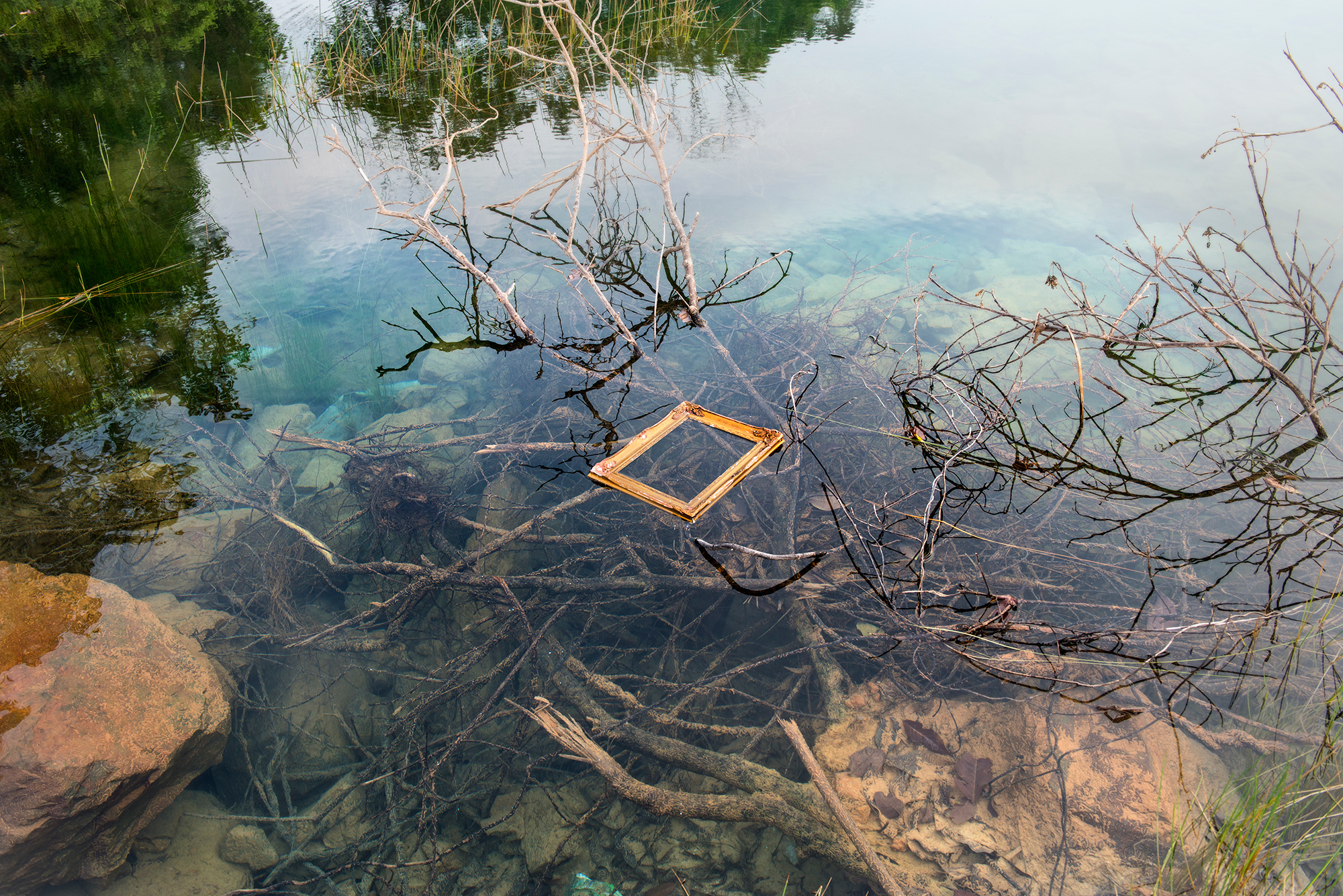
About The Artist
Wilfred Lim (b.1988) graduated from Nanyang Technological University’s School of Art, Design and Media. He lived and grew up in a small fishing village at the seaside in Pengerang, southern Malaysia for 18 years before pursuing his education in Singapore. Drawing reference from classical paintings, his photographic images are often carefully staged to resemble surreal and whimsical tableaus.
Wilfred is the international winner of Undergraduate Award 2014 (Visual Art Category). He has also been awarded Noise Singapore Awards (Photography), 1st prize for Invisible Photographer Asia Photo Book Asia Award and 2nd place for Nikon Photo Contest 2016-2017, Next Generation Award: Photo Story category.
Ecological Self #5 | 2016
By Wilfred Lim
Archival Inkjet Print on Ilford Smooth Cotton Rag Paper | Edition 1/5, 2/5, 3/5, 4/5, 5/5 + 1 AP | 120cm x 80cm
Unframed
Ecological Self is an investigation of the relationship between mankind and his environment, taking Norwegian philosopher’s Arne Naess’ study of Deep Ecology as a point of departure. Naess’ philosophy adopts a holistic understanding of the richness and diversity of the ecosystem and its inherent interconnectedness. Central to his belief is the concept of transcending an “egoic” self to attaining an “ecological self” through self-actualisation, where people ultimately experience certain environments as integrated parts of their self-identity rather than detached entities. As such, environmental changes are likely to trigger changes in the self.
As a follow up to Red Note (2013) & Red Note - Part II (2015), this series focuses on abandoned items salvaged during my visits to homes which have been demolished. Most of these are personal possessions encapsulating their past owners’ memories and identity. Cast aside during a period of major life transition, they bring to mind the process of ecdysis in reptiles, where old skin is molted to make room for growth. Can drastic alterations in living spaces lead to a discontinuity in one’s identity? Imagining who these individuals were and how they lived, I posed these objects against landscapes in Pengerang which I felt were most representative and symbolic of their owners’ identities, committing one final portrait of their absence and presence to memory.
Shipping fee issued upon purchase.
By Wilfred Lim
Archival Inkjet Print on Ilford Smooth Cotton Rag Paper | Edition 1/5, 2/5, 3/5, 4/5, 5/5 + 1 AP | 120cm x 80cm
Unframed
Ecological Self is an investigation of the relationship between mankind and his environment, taking Norwegian philosopher’s Arne Naess’ study of Deep Ecology as a point of departure. Naess’ philosophy adopts a holistic understanding of the richness and diversity of the ecosystem and its inherent interconnectedness. Central to his belief is the concept of transcending an “egoic” self to attaining an “ecological self” through self-actualisation, where people ultimately experience certain environments as integrated parts of their self-identity rather than detached entities. As such, environmental changes are likely to trigger changes in the self.
As a follow up to Red Note (2013) & Red Note - Part II (2015), this series focuses on abandoned items salvaged during my visits to homes which have been demolished. Most of these are personal possessions encapsulating their past owners’ memories and identity. Cast aside during a period of major life transition, they bring to mind the process of ecdysis in reptiles, where old skin is molted to make room for growth. Can drastic alterations in living spaces lead to a discontinuity in one’s identity? Imagining who these individuals were and how they lived, I posed these objects against landscapes in Pengerang which I felt were most representative and symbolic of their owners’ identities, committing one final portrait of their absence and presence to memory.
Shipping fee issued upon purchase.




